Standlee Premium Western Forage Premium Alfalfa/Timothy Hay Pellet Horse Feed, 40 lb.
Standlee Premium Western Forage Alfalfa Timothy Grass Pellets are made from high-quality sun-cured, forage formed into 1/4 inch pellets that are easy to measure and easy to feed. Standlee’s blend of Alfalfa hay and Timothy hay is moderate in protein, moderate to low in sugar, and highly palatable, ensuring that your horse will enjoy every bite, encouraging better feed consumption and overall health. Available in 40lb bags.
Standlee Premium Western Forage Alfalfa Timothy Grass Pellets are made from high-quality sun-cured, forage formed into 1/4 inch pellets that are easy to measure and easy to feed. Standlee’s blend of Alfalfa hay and Timothy hay is moderate in protein, moderate to low in sugar, and highly palatable, ensuring that your horse will enjoy every bite, encouraging better feed consumption and overall health. Available in 40lb bags.
- 13% Protein – Provides a steady source of energy without the risk of excessive protein intake, reducing the risk of behavioral issues such as hyperactivity or excitability
- Low in carbohydrates a great option for insulin-resistant or carb-sensitive animals
- Metabolic Safe – non sugar source of calories for horses with special dietary needs
- Minimal waste – can be accurately weighed and measured
- Minimal Dust – May reduce the risk of respiratory issues associated with dusty hay
- Soak for Hydration -Increased hydration helps support optimal digestive function in horses, reducing the risk of digestive disorders such as impaction or colic
- “Made in USA – Made in Idaho with care with the highest-quality forage in the USA “
Additional information
| Horse Life Stage | All Life Stages |
|---|---|
| Packaged Height | 24 in. |
| Packaged Length | 5 in. |
| Packaged Weight | 40 lb. |
| Packaged Width | 16 in. |
| Product Height | 5 in. |
| Product Length | 24 in. |
| Product Weight | 40 lb. |
| Product Width | 16 in. |
| Warranty | 30 day guarantee |
| Manufacturer Part Number | 1575-30101-0-0 |

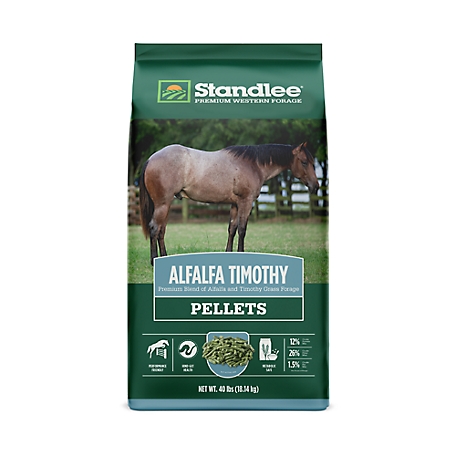

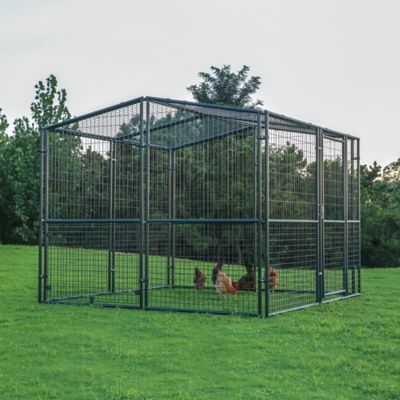
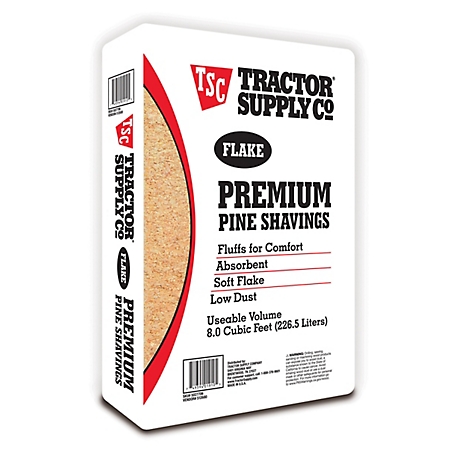
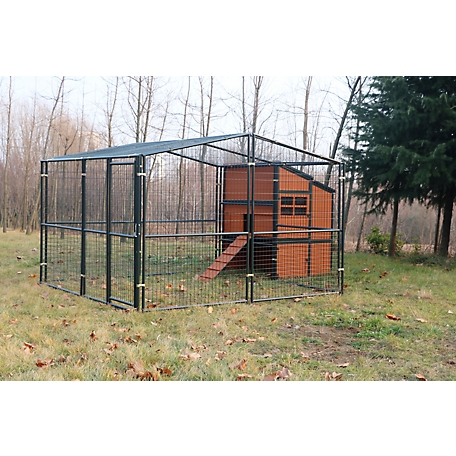
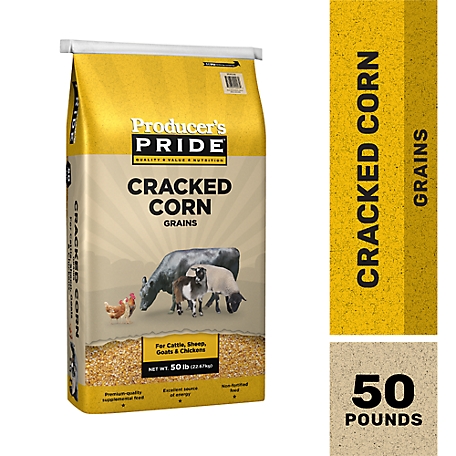
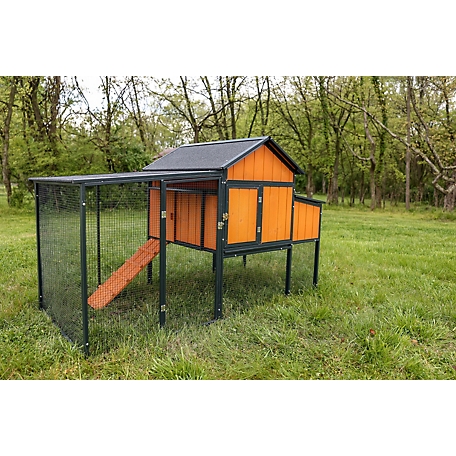
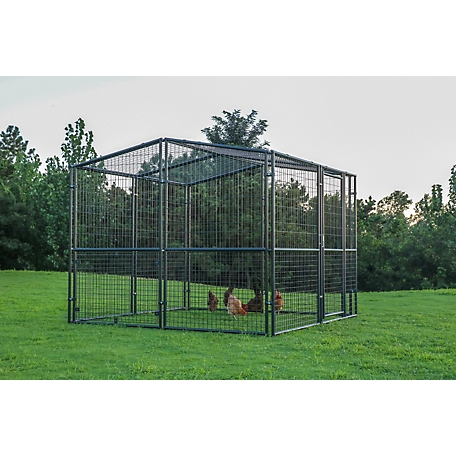

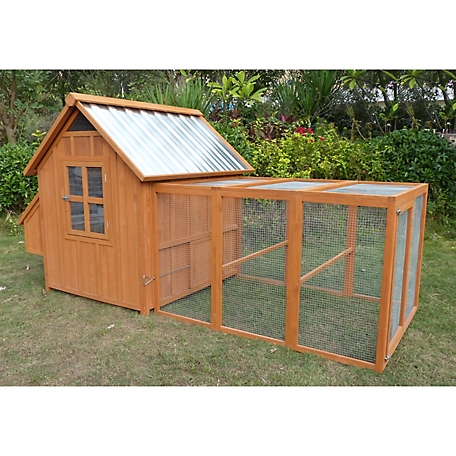
by Mike
Great alfalfa Pellets
by Michael
My animals love this. Always a descent price as well!
by Megan
Feed this to my goats, they love it.
by Boochie
My horses are fed a balancer, which is a small volume feed. Adding moistened forage pellets not only allows them to feel they’ve eaten their fill – it’s a great way to add some water, salt, and to disguise any supplements which stick to moistened pellets.
by Brackeen
My horse loves these. They take a while to soak but they’ve been perfect for my senior who can no longer eat hay.